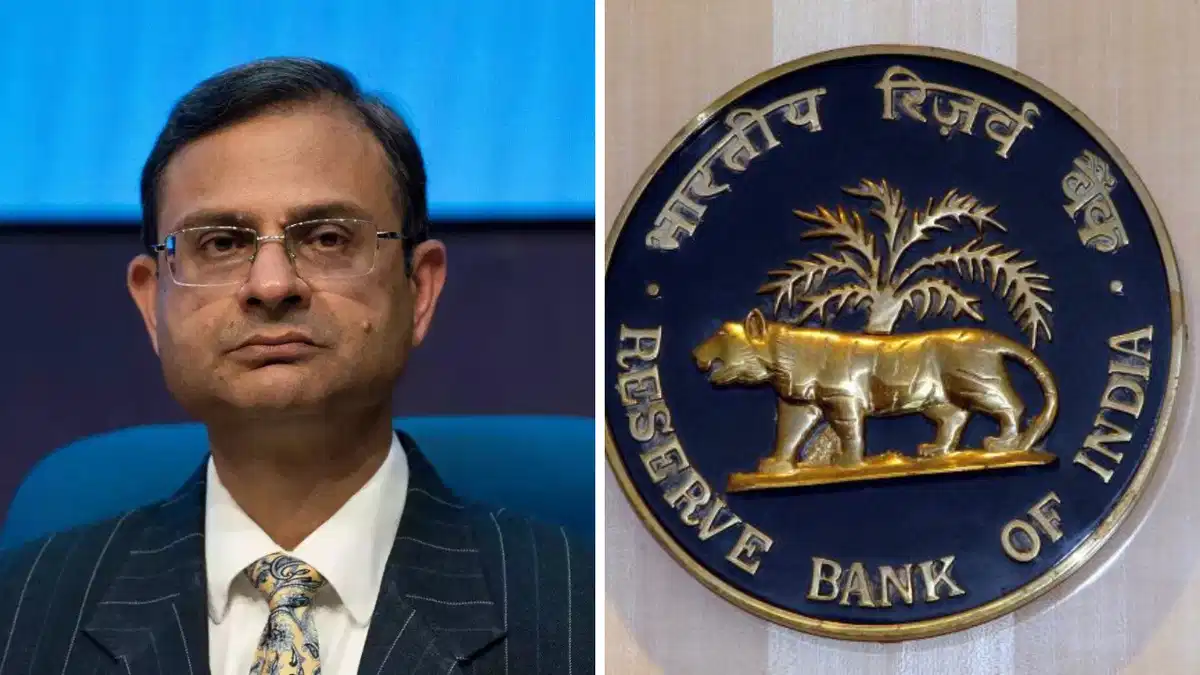RBI New Governor: Sanjay Malhotra’s Vision for India’s Financial Future

The Reserve Bank of India (RBI) is not just a financial institution; it is the backbone of India’s monetary system, influencing the economic trajectory of the nation. With Sanjay Malhotra stepping in as the RBI new Governor, all eyes are on how his leadership will shape India’s financial future. In this blog, we delve into his background, potential policy direction, and the implications for India’s economy.
Who is RBI New Governor Sanjay Malhotra?
Sanjay Malhotra, a seasoned bureaucrat and visionary, brings a wealth of experience to his role as the RBI Governor. A 1990 batch IAS officer from the Rajasthan cadre, Malhotra has a proven track record in financial administration, having served in pivotal roles such as the Secretary of the Department of Financial Services (DFS). His expertise in banking reforms, digital finance, and economic policymaking sets the stage for a transformative era in the RBI.
Key Challenges for Sanjay Malhotra
As the head of India’s central bank, Sanjay Malhotra faces a myriad of challenges:
- Inflation Control: India’s inflation rate has been a critical issue in recent years, fluctuating due to global disruptions and domestic demand-supply dynamics. Malhotra’s primary focus will be maintaining price stability while fostering economic growth.
- Digital Transformation of Banking: The surge in fintech and digital payment solutions necessitates robust regulatory frameworks. Malhotra is expected to spearhead initiatives that balance innovation with consumer protection.
- Strengthening the Banking Sector: Non-performing assets (NPAs) and the health of public sector banks remain pressing concerns. His past experience in DFS could be instrumental in implementing reforms to enhance the banking sector’s resilience.
- Global Monetary Trends: Navigating India’s monetary policy amid global uncertainties, such as fluctuating oil prices and geopolitical tensions, will be crucial.
Sanjay Malhotra’s Policy Priorities
- Boosting Financial Inclusion: Under Malhotra’s leadership, the RBI is likely to prioritize expanding access to banking services in rural and underserved areas. This aligns with the government’s vision of a financially inclusive India.
- Promoting Sustainable Growth: Green finance and sustainability are emerging focus areas. Malhotra could introduce policies encouraging banks to finance renewable energy projects and other environmentally sustainable ventures.
- Digital Rupee and Cryptocurrency Regulation: With the pilot phase of the Digital Rupee gaining traction, Malhotra’s tenure may witness its broader rollout. Simultaneously, he is expected to address the regulatory challenges posed by private cryptocurrencies.
- Monetary Policy Adjustments: Balancing interest rates to curb inflation without stifling growth will be a delicate task. Malhotra’s approach will likely reflect a mix of caution and innovation.
Implications for Investors and Businesses
The new governor’s policies are expected to influence various sectors:
- Stock Market: Stability in monetary policy could boost investor confidence, leading to increased participation in the stock market.
- Banking Sector: Structural reforms may strengthen financial institutions, enhancing credit availability for businesses.
- Startups and Fintech: A supportive regulatory framework could pave the way for greater innovation in the fintech sector.
Also Read: Navigating Economic Uncertainties: RBI Monetary Policy in December Review
Public Expectations from Sanjay Malhotra
As the RBI Governor, Sanjay Malhotra is anticipated to embody transparency and decisiveness. Stakeholders, including businesses, investors, and the common man, expect a steady hand at the helm to navigate economic uncertainties while fostering growth.
Conclusion
Sanjay Malhotra’s appointment as the RBI Governor marks a new chapter in India’s financial governance. His expertise and vision hold the promise of a resilient and inclusive financial ecosystem. As the nation watches closely, his tenure could redefine India’s economic landscape in the years to come.
Stay tuned to our blog for more updates on India’s financial and economic developments!



